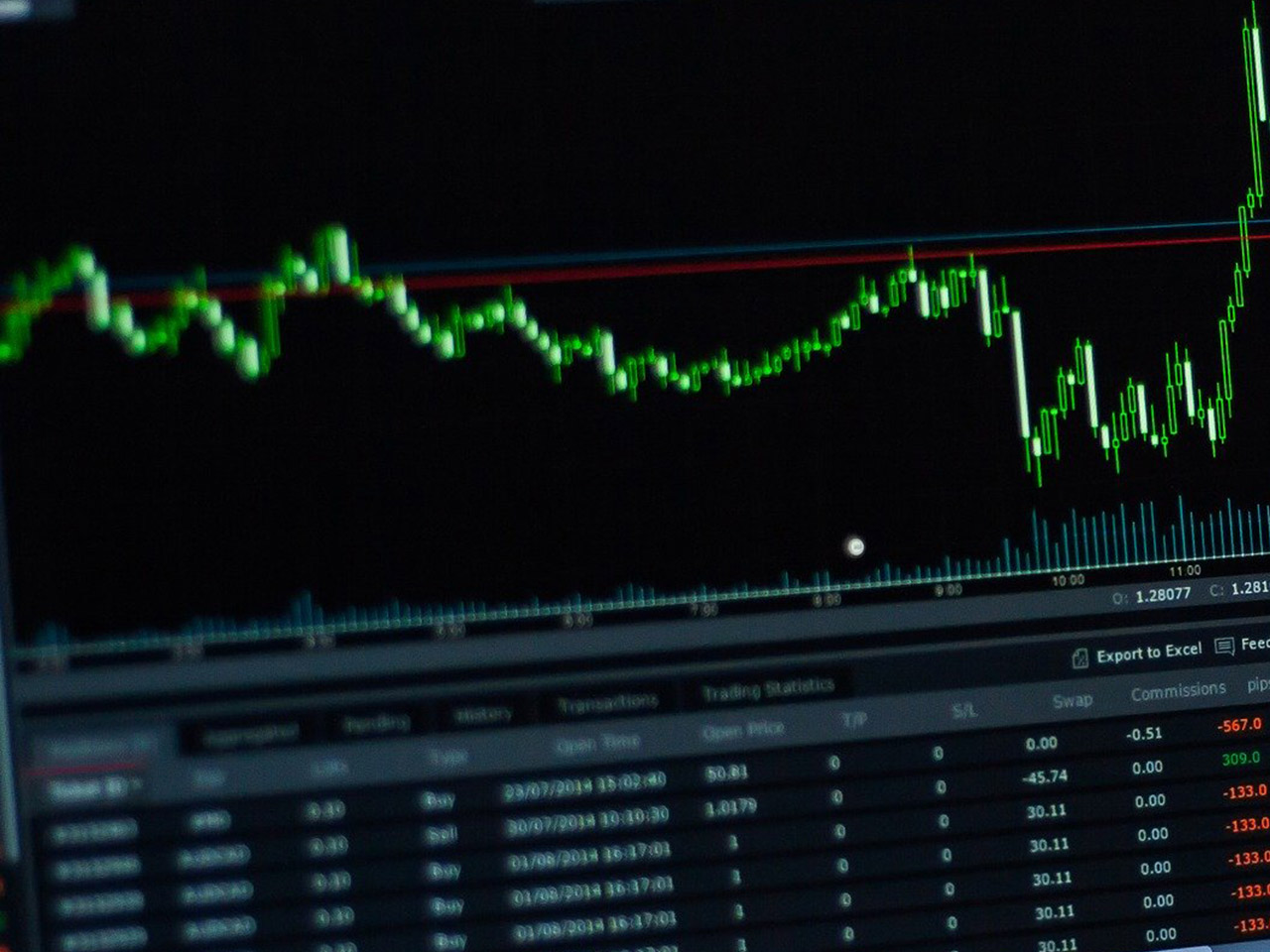BP p.l.c. (BP.L), headquartered in London, continues to be a prominent player in the energy sector, specifically within the integrated oil and gas industry. With a market capitalization of $65.38 billion, BP stands as a major force, not only in traditional energy production but also in the expanding field of renewable energy. This article explores BP’s current financial metrics, performance indicators, and what they mean for investors considering this energy titan.
BP’s current stock price sits at 423.75 GBp, showing stability with a negligible price change of 1.25 GBp. Interestingly, the stock’s 52-week range between 331.70 GBp and 468.75 GBp indicates potential volatility, yet also an opportunity for growth as it edges closer to its upper limit. Investors should note the average target price of 453.95 GBp, suggesting a modest potential upside of 7.13%, which aligns well with the firm’s strategic positioning in both fossil fuels and renewable energy.
Despite the absence of a trailing P/E ratio and a notably high forward P/E of 867.27, BP’s financial health should not be judged solely on these traditional metrics. Instead, the company’s substantial free cash flow of over $9.31 billion highlights its strong liquidity position, which is crucial for sustaining operations and funding its ambitious renewable projects.
The performance metrics reveal some challenges, with a slight revenue decline of -1.30% and a modest return on equity of 2.05%. However, BP’s earnings per share (EPS) of 0.03 and a robust dividend yield of 5.80% underscore its commitment to returning value to shareholders. The dividend’s sustainability might be a concern due to the high payout ratio of 754.09%, but BP’s strategic investments in low-carbon energy could alleviate long-term risks associated with traditional oil and gas markets.
From an analyst perspective, the sentiment remains cautiously optimistic. With 6 buy ratings and 13 hold ratings, there is a clear indication of confidence in BP’s ability to navigate the evolving energy landscape. The absence of sell ratings further reinforces this optimism.
Technically, BP is trading close to its 50-day moving average of 422.10 GBp and above its 200-day moving average of 403.70 GBp, suggesting a relatively stable market sentiment. However, the RSI of 35.90 indicates that the stock is close to being oversold, which could present a buying opportunity for value investors.
BP’s diversified operations, from oil production to renewable energy initiatives, position it well for future growth. Its investments in gas and low-carbon energy, including solar, wind, hydrogen, and carbon capture, reflect a strategic shift towards sustainability. This transition is essential for maintaining competitiveness and appealing to environmentally-conscious investors.
For individual investors, BP offers a blend of stable dividend income and exposure to the energy sector’s future growth. While there are challenges in terms of revenue and payout ratios, the company’s strategic focus on renewable energy and strong cash flow provides a solid foundation for long-term investment potential. As BP continues to evolve, it remains an intriguing option for those looking to balance traditional energy investments with future-forward sustainability initiatives.





































